- Category
- War in Ukraine
Ukrainian Defense Industry's Latest Innovations
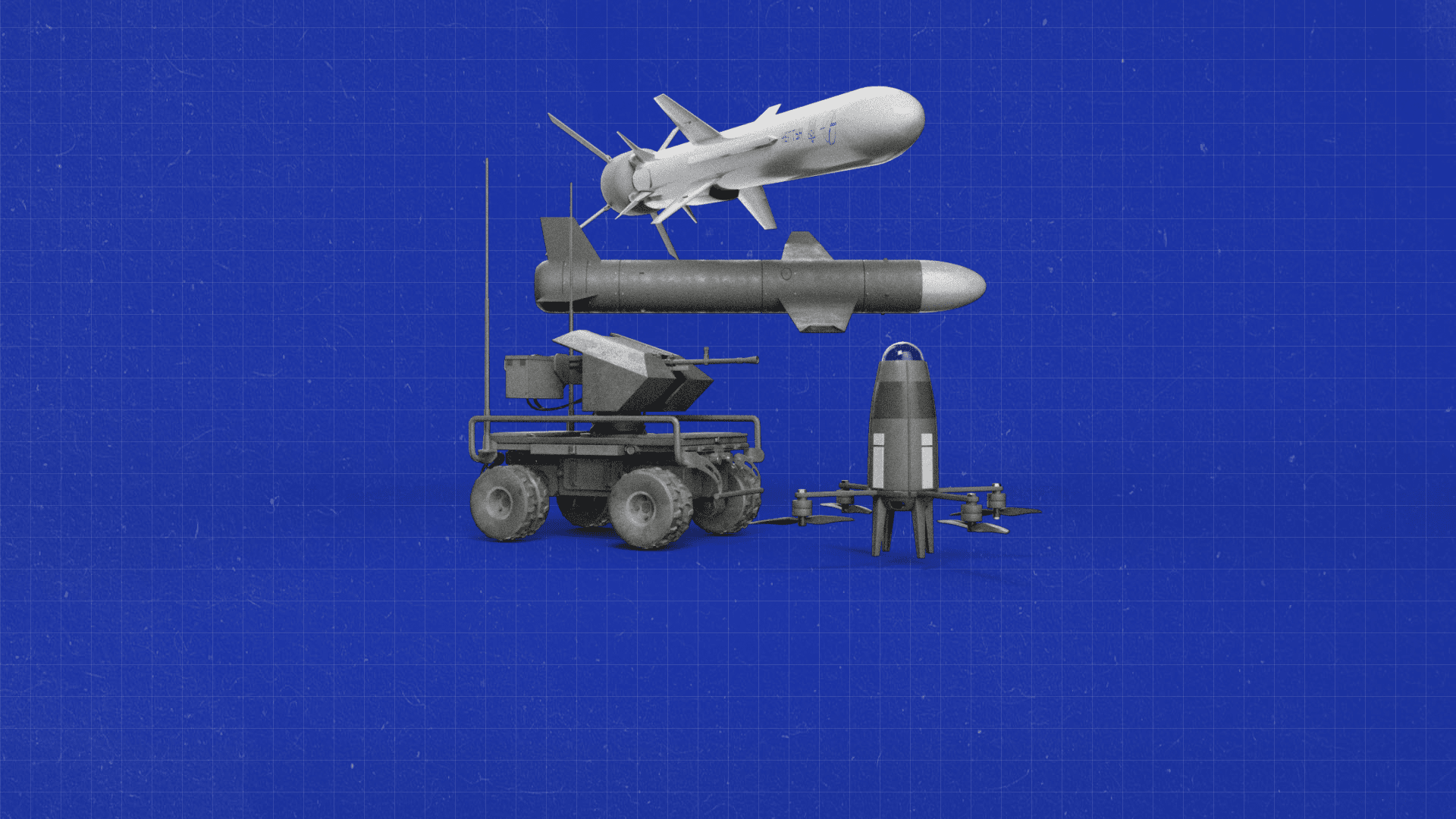
Ukraine is learning the hard way; it can’t depend entirely on its Western allies to get enough weapons to repel the Russians and ensure victory, so Ukrainian engineers are racing against the clock to constantly produce new innovative weapon systems. Here’s a quick round-up of the latest war-time inventions.
For Ukraine's battle-proven defense sector, local-made weapons are essential to Ukraine’s victory, President Volodymyr Zelenskyy told the Associated Press in December 2023. “This is the way out,” he said, as a militarily self-sufficient Ukraine is a nightmare for Russia.
Zelenskyy is also reportedly pushing to get cheap licenses from the U.S. to manufacture such weapons at home, according to Time, and possibly adapt them to the battlefield.
However, this is a long shot, so Ukraine constantly looks for other solutions. The main issue remains: production is hampered by the lack of resources to build a massive amount of promising advanced technologies and weapons. The country also
A recent deal with Germany’s giant weapon manufacturer Rheinmetall will boost the industry.
Still, innovation is critical in Ukraine’s fight for sovereignty, let alone attract foreign investors to kill a bird with one stone: Boost the sthe sector and scale up new innovative solutions.
Here are a few of Ukraine’s latest defense industry developments unveiled by the industry.
Meet The Sting, the Shahed-hunter drone
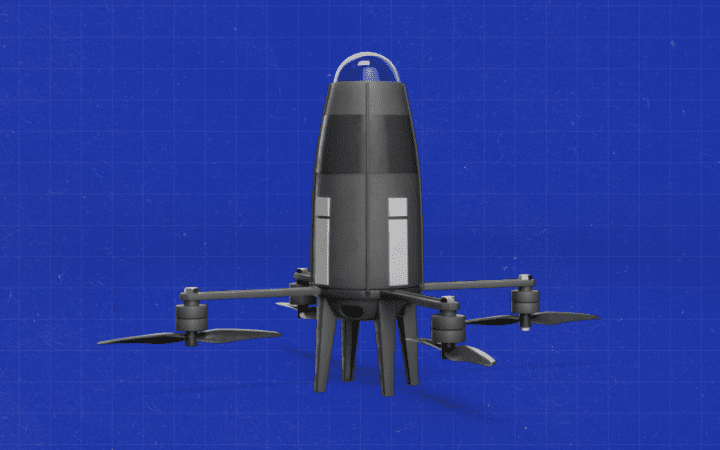
Developed by Ukraine’s Wild Hornet drone manufacturer group, the Sting can fly at speeds of over 160 km/h and an altitude of about 3 kilometers, according to The Telegraph.
The war head and the camera are fitted in a large dome in the center of the quad-copter.
It costs around $5,000 to produce if equipped with a night camera, automatic tracking, and target detection. The drone interceptor is controlled like an FPV.
A US-made Stinger missile, used by Ukraine to down drones, costs roughly $800,000. For comparison, Iranian-designed Shaheds cost around $200,000, and Russian Orlan drones cost approximately the same.
Drones have been a fixture of this war since the start of the full-scale invasion. Cheap to build, they’re now ubiquitous on the battlefield, which is why Ukraine keeps trying to upgrade its drone fleet to be one step ahead of the Russian military.
Ukraine can now produce 4 million drones annually, with more than 1.5 million already contracted, Zelenskyy said in October 2024 at the opening of the Second International Defense Industries Forum.
Ukraine is already making 90 percent of the drones it needs, Mykhailo Fedorov, the Digital Transformation Minister, said in February 2024, but the country still outsources its components for assembly.
Ukraine also keeps expanding the range of its drones, with a record-breaking 1,800-kilometer-long strike in May 2024, when a kamikaze UAV hit a Russian radar station in Orsk, Orenburg Oblast, Russia, according to Ukrainska Pravda.
Such radar can detect ballistic and cruise missiles, and this station boasts a detection range of up to 6,000 kilometers.
The strike opens the possibility of rendering Russian detection systems blind in the long run if Ukraine manages to scale up its production of such long-range drones.
Ukraine’s first long-range rocket drone: Palianytsia
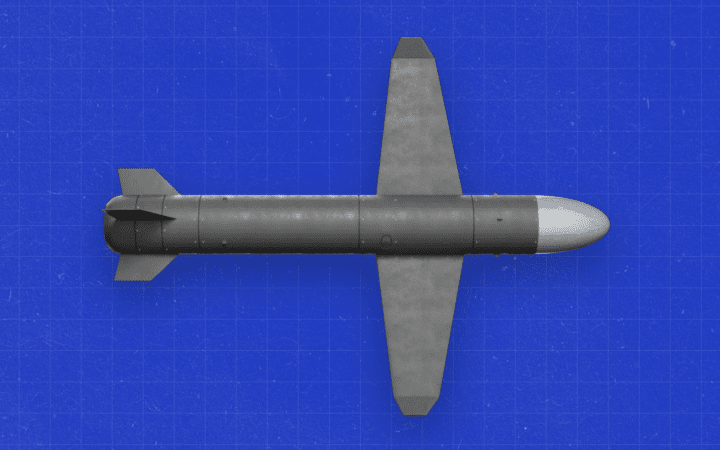
Unveiled in August 2024, Ukraine’s first long-range rocket drone can strike Russia’s military targets deep into their own territory.
Acting as a ballistic missile, the hybrid weapon reportedly has a 50 kg warhead, can fly at a speed of 500 km/h, and has a range between 500 km and 700 km, according to RBK. It is launched from a ground platform rather than an aircraft or a ship.
In comparison, the ATACMs provided by the U.S. so far have a 165 km range, and the Biden administration keeps refusing to lift restrictions on missiles for fear of an escalation risk with Russia.
With a cost reportedly well below $1 million, the Palianytsia rocket drone offers a good alternative to ATACMs that can cost over $1 million.
Palianytsia can reportedly be controlled and maneuvered as a drone, but it has a turbojet engine, which earned it the label “missile-drone.” It’s also much faster than a drone.
Neptune’s Wrath
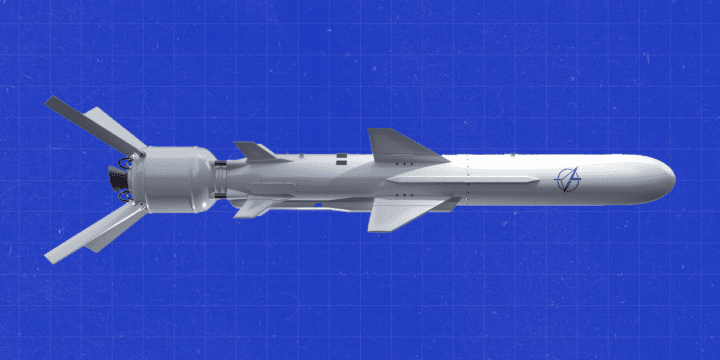
Ukraine’s Neptune anti-ship cruise missile can now reportedly engage targets in surface-to-surface mode as well, Dmytro Pletenchuk, a spokesman for the Ukrainian Navy, told Hromadske Radio in March.
The Neptune travels up to 900 km/h and can fly at altitudes ranging from 10 to 300 meters. It drops three meters while approaching to avoid enemy air defenses, according to Army Recognition.
Developed by Kyiv-based Luch Design Bureau, the latest version of the R-360 Neptune cruise missile reportedly features an extended range of up to 400 kilometers, Army Recognition writes.
The missile made a (big) splash in April 2022 when it was used to sink the Moskva, Russia’s crown jewel and flagship of the Black Sea Fleet.
The Neptune was reportedly used on July 31 on the Khalino airfield near Kursk, in Russia, destroying ammunition. The airbase hosts 24 Sukhoi Su-30SM fighter bombers that can carry KAB glide bombs, according to Forbes.
More recently, in October, a Neptune was reportedly used to hit a Shahed drone storage in Krasnodar Krai, Russia, destroying 400 of them, according to Ukraine’s General Staff.
Dawn of the Killer Robots
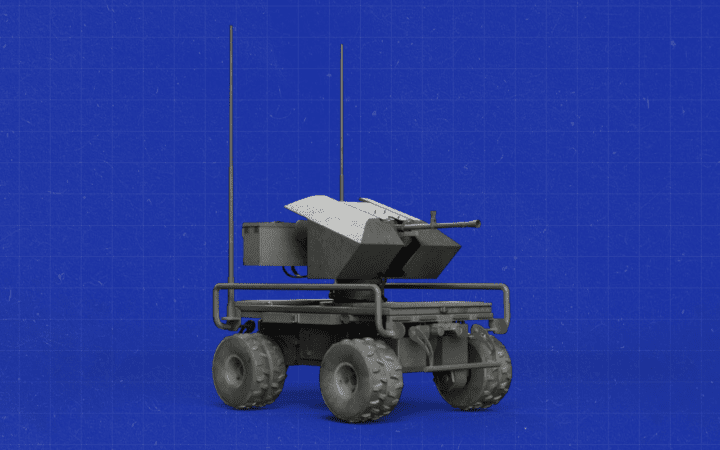
Enter, or rather roll, the D-21-11 UGV—Ukraine’s very first killer robot—as UGV stands for Unmanned Ground Vehicles.
The rolling platform can help the military conduct reconnaissance, carry out assault operations, or defend their positions. D-21 can travel for around 15/20 km on frontline terrain.
The vehicle, tested in January 2024, made its first apparition on the battlefield in June 2024. It is equipped with an automatic turret and can perform combat missions.
Developed in the framework of the Brave1 project aimed at developing defense technologies, the robot is a versatile machine that can be used as a machine gun to evacuate a wounded soldier, supply frontline hotspots otherwise hard to reach, or conduct reconnaissance missions.
The machine that can save numerous soldiers’ lives has received positive feedback from the military.
ETER: The Hill Have Eyes
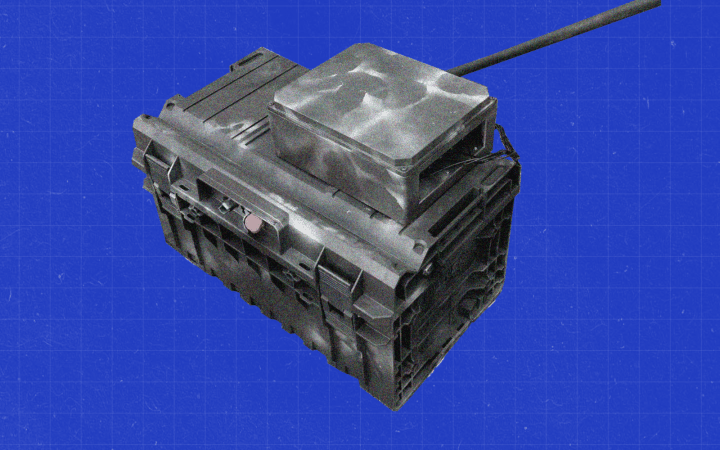
The ETER system, also developed by Ukraine’s Brave1 project, is a compact electronic intelligence system ETER designed to detect enemy signals from radio stations, drones, and electronic warfare systems.
The system, which looks like a big camo suitcase, helps Ukrainian defenders detect enemy EW systems and launch drones on a safe route, according to Fedorov.
ETER can counter the EW systems more effectively and detect enemy positions and the location of artillery. It’s modular, meaning its components are easy to replace when damaged - and it’s already at work on the frontline since November 2023, Fedorov said.
The ETER system is modular. It allows it to replace damaged components quickly. It goes hand in hand with another system, called Piranha AVD 360, that helps protect armored vehicles and personnel more effectively from enemy drone attacks.
Piranha AVD 360 is developed and manufactured by Kyiv-based Piranha Tech. The complex creates a protective dome up to 600 meters around itself to stop enemy quadcopters or kamikaze drones from receiving commands or transmitting data.
In such cases, the drone either hangs in the air and makes an emergency landing or it falls straight to the ground.
Piranha also suppresses the signals of satellite navigation systems, including the Russian GLONASS. The system has successfully passed field tests and is ready for serial production.
“ETER is just one of the unique technologies that Ukrainians have created to more effectively counteract the enemy and save human lives,” the minister said.
UNITED24 is raising funds for Ukraine's defense. Donate now to help make Ukraine safe.

-c42261175cd1ec4a358bec039722d44f.jpg)
-46f6afa2f66d31ff3df8ea1a8f5524ec.jpg)
-6359eca46c72bde40a90abaaadd6eaa8.png)
-29a1a43aba23f9bb779a1ac8b98d2121.jpeg)


-206008aed5f329e86c52788e3e423f23.jpg)